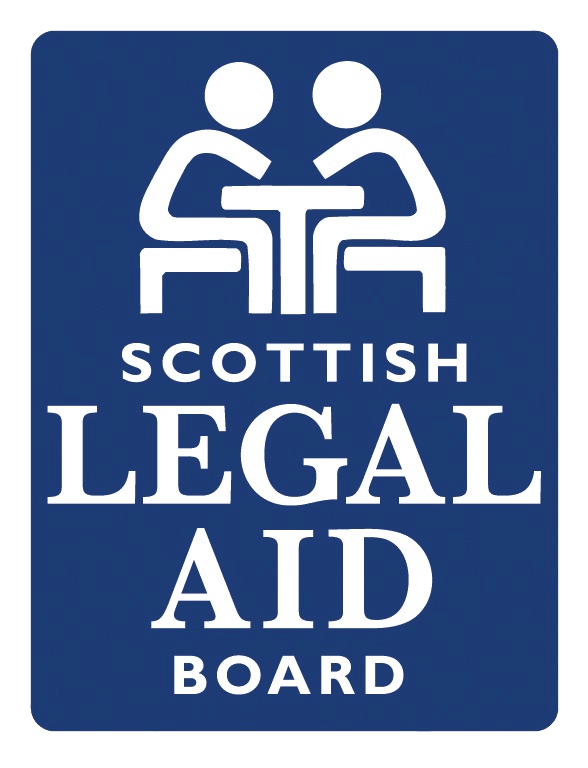HMA v Thomas Telford
Mr Telford who was found guilty by a jury of attempted murder in Livingston High Court and sentenced to nine and a half years imprisonment has had his appeal against conviction refused. Mr Telford claimed he was acting in self defence but the Trial judge ruled that this defence and his defence of provocation could not apply. The Appeal Court agreed with the Trial Judge.The appellant lodged, prior to the trial, a special defence of self defence but did not give evidence in his own defence, instead intended to rely on his police statement. The appellant and the complainer were work colleagues and had been drinking on this occasion in question when the complainer was stabbed by the appellant.
The trial judge ruled as a matter of law that the special defence could not be upheld as the appellant could have escaped and he was armed and the complainer was not and there was a route of escape available.
The appellant, however, stated that the Trial judge should not have directed the jury that this could not apply. The appellant also argued the jury should have been directed on provocation; as it was stated by the complainer in evidence that he had punched the appellant.
Lord Justice General stated: “The complainer’s account was of punching the appellant, in order to stop him stabbing the walls of his flat, and then being subject to a vicious attack involving multiple stab wounds, some of them in areas of vital organs, and some to his back when he tried to escape.The appellant’s version of events saw him disarm the complainer and then stab him, essentially in the same manner as described by the complainer; albeit that he maintained that he had stabbed the complainer in the back because he had thought that he had been making for the knife block. Neither account contains the requisite immediacy of the appellant being attacked at the point at which the appellant has the knife and the complainer does not.
Neither reveals a proportionate response to any threat posed. It may also have been that, as the trial judge concluded, there was also a reasonable means of escape. However, neither party had copies of the photographs of the flat which had been used at the trial. It is not possible to contradict the judge’s view on this matter.” The appeal against conviction was therefore refused.



